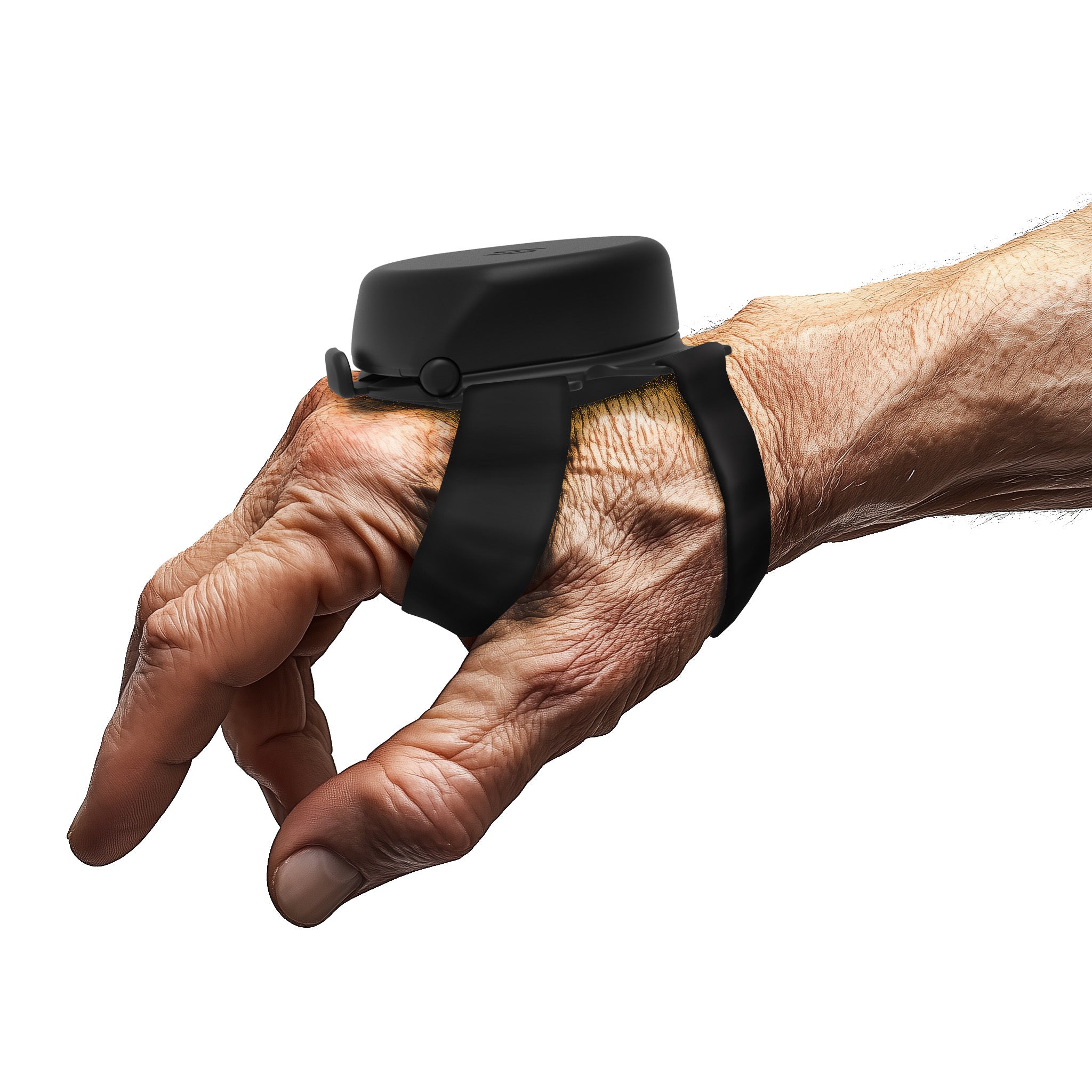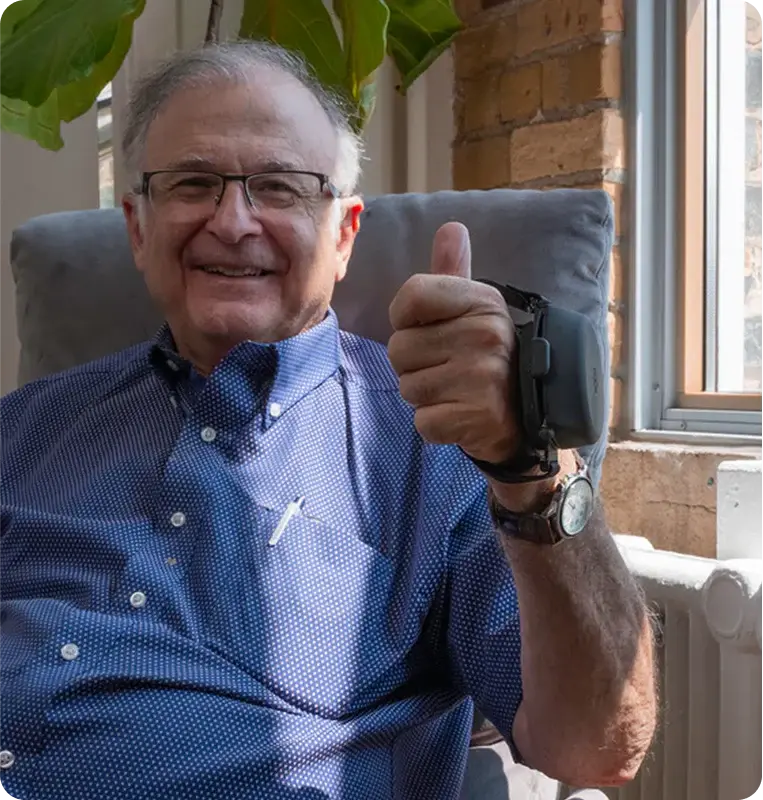Parkinson’s disease is a progressive neurological disorder affecting over 100,000 Canadians, with about 25 new cases diagnosed every day. Common symptoms include tremors, slowness of movement, muscle rigidity, and balance issues. These challenges can make everyday tasks—such as buttoning a shirt, cooking a meal, or walking across the room—feel overwhelming. Many individuals, especially seniors, may also experience feelings of isolation or discouragement.
However, research and clinical experience show that engaging in crafts and activities tailored to Parkinson’s patients can bring both physical and emotional benefits. From stimulating fine motor skills to enhancing mood and social connection, these hobbies offer therapeutic value beyond recreation. Activities for Parkinson patients—such as painting, pottery, or brain games—can also encourage movement, improve coordination, and support mental well-being. Even modified arts-and-crafts exercises originally designed for children can be adapted for seniors with Parkinson’s, offering playful ways to stay active.
In this article, we explore seven beneficial crafts and activities for people with Parkinson’s, each supported by research or expert insight. You’ll find practical tips, adaptive suggestions, and real-life benefits for each activity—plus a look at how innovative assistive technology can make these hobbies more accessible.
1. Painting and Art Therapy
Painting is more than a creative outlet—it can be a therapeutic tool for managing Parkinson’s symptoms. The rhythmic brush movements help maintain fine motor skills, while the calming nature of art can reduce stress-related tremors. By encouraging novel hand and arm motions, painting also combats “freezing” episodes and promotes fluidity of movement.
Emotionally, art provides a nonverbal form of self-expression, which is especially important since Parkinson’s can affect facial expressions and speech. Group art therapy sessions offer social interaction, peer support, and a shared sense of accomplishment.
Tips for success:
-
Use large-handled brushes or sponge applicators for better grip.
-
Focus on the creative process rather than the final product.
-
Consider abstract painting or coloring books if detailed work feels difficult.
Takeaway: Painting offers a combination of physical exercise, emotional expression, and social connection that can meaningfully enhance quality of life.
2. Pottery and Clay Crafts
Clay crafts—whether hand-molding pinch pots or shaping sculptures—are tactile, engaging, and adaptable for all skill levels. The kneading, rolling, and shaping motions strengthen hand and finger muscles while enhancing dexterity. Studies have found clay art therapy improves fine motor control, mood, and overall well-being in people with Parkinson’s.
Working with clay also provides sensory stimulation, reconnecting individuals to touch and hand-eye coordination. The act of focusing on the texture and form can create a meditative, anxiety-reducing experience.
Tips for success:
-
Start with soft air-dry clay or polymer clay for easier manipulation.
-
Use adaptive tools with grip aids.
-
Join a community ceramics class for both skill-building and social engagement.
Takeaway: Pottery offers a hands-on workout for the hands and mind, while its meditative qualities help reduce stress and enhance mood.
3. Cooking and Baking
Cooking engages multiple skills at once—fine motor (chopping, stirring), gross motor (lifting pots, bending), and cognitive (measuring, sequencing). It also encourages sensory stimulation, which is important as Parkinson’s can diminish smell and taste.
Participating in meal preparation fosters independence, boosts self-esteem, and strengthens social bonds with family or friends. Simple adaptations—like nonslip mats, ergonomic utensils, and pre-cut ingredients—can make cooking safer and more manageable.
Tips for success:
-
Break tasks into stages to reduce fatigue.
-
Use an induction cooktop for added safety.
-
Opt for recipes with flexible timing, like slow-cooker meals.
Takeaway: Cooking offers a real-world way to maintain dexterity and independence while sharing meaningful moments with loved ones.
4. Brain Games and Puzzles
Cognitive decline can be a concern for people with Parkinson’s, making brain games a valuable activity. Crossword puzzles, Sudoku, jigsaw puzzles, and memory games help keep the mind sharp while offering a sense of accomplishment.
Studies suggest that mentally stimulating activities may help slow cognitive decline by encouraging neuroplasticity—the brain’s ability to adapt and form new connections. Multiplayer games, such as Scrabble or trivia, also bring in a social element.
Tips for success:
-
Choose puzzles with larger pieces or high-contrast designs for easier handling and visibility.
-
Play games at a comfortable pace; avoid rushing.
-
Rotate activities to keep the mind challenged in different ways.
Takeaway: Brain games support cognitive health while offering fun, flexible activities that can be adapted to any ability level.
5. Music and Rhythm-Based Activities
Music therapy is widely recognized for its benefits in Parkinson’s. Playing instruments, singing, or even clapping to a beat can help improve coordination, gait, and speech. Rhythm-based movement—like drumming or dancing—has been shown to help synchronize movements and reduce freezing episodes.
Music also provides emotional uplift, reduces anxiety, and fosters social engagement in group settings like choirs or drumming circles.
Tips for success:
-
Start with simple percussion instruments like tambourines or hand drums.
-
Use backing tracks or metronomes to maintain a steady rhythm.
-
Explore online or local music therapy groups.
Takeaway: Music connects movement, memory, and mood, making it a holistic activity for both physical and emotional well-being.
6. Gentle Exercise Arts and Crafts
Some arts and crafts activities—such as large-scale painting, flower arranging, or outdoor chalk art—can incorporate gentle movement, improving flexibility and balance.
Combining creativity with exercise keeps sessions enjoyable and lowers resistance to physical activity. For example, arranging flowers while standing can improve posture, while large arm movements during mural painting can enhance range of motion.
Tips for success:
-
Incorporate stretching into craft sessions.
-
Use lightweight tools and materials.
-
Work in well-lit, clutter-free spaces to reduce fall risk.
Takeaway: Blending arts and movement offers a creative path to maintaining physical activity and mobility.
7. Gardening and Nature Crafts
Gardening provides both physical exercise and sensory engagement. Tasks like planting, watering, and pruning can help maintain flexibility, coordination, and grip strength. Nature-based crafts—such as pressing flowers or making leaf prints—bring the outdoors in, offering year-round enjoyment.
Gardening also supports mental well-being, with studies linking time spent in green spaces to reduced stress and improved mood.
Tips for success:
-
Use raised garden beds or container gardens to reduce bending.
-
Choose adaptive gardening tools with ergonomic handles.
-
Work during cooler hours to avoid fatigue.
Takeaway: Gardening combines gentle physical activity with a calming, restorative connection to nature.
Here are some of the key features and benefits of the Steadiwear tremor-stabilizing glove:
-
Real-Time Tremor Stabilization: Uses an innovative magnetic damping mechanism to instantly counteract hand tremors, leading to smoother hand control during tasks. This immediate stability helps users confidently perform activities like writing, painting, or eating without spillage.
-
Battery-Free, Always-On Design: The glove requires no batteries or charging – it’s powered by the natural movement of your tremor (passive energy), making it maintenance-free and reliable for all-day use. You never have to worry about it losing power in the middle of an activity.
-
Adaptive to Your Tremor: The Steadi-3 glove automatically adjusts to the wearer’s specific tremor frequency and intensity. As your tremor changes (for example, getting a bit worse under stress or improving with rest), the glove modulates its damping response to consistently provide optimal stabilization tailored to you.
-
Lightweight and Comfortable: Weighing roughly 290 grams, the glove is ergonomically designed with adjustable straps (silicone and neoprene) for a secure but comfy fit. Users can wear it for hours at a time, which is ideal for lengthy craft sessions or daily activities, without significant fatigue.
-
Clinically Proven Efficacy: Backed by clinical research, the glove achieved significant tremor reduction in about 85% of users in trials. Many users report noticeable improvements in handwriting legibility, the ability to drink from a cup, and overall ease of performing tasks – underlining its effectiveness as a trusted assistive device.
-
Non-Invasive and Drug-Free: The glove provides a safe, medication-free way to manage tremors. It’s simply worn on the hand and involves no surgery or drugs, making it a low-risk addition to one’s therapy. It’s registered as a Class I medical device by Health Canada and the FDA, emphasizing its safety profile
-
Restores Confidence and Independence: Perhaps most importantly, by steadying the hand, the Steadiwear glove helps individuals regain the ability to do things on their own – whether it’s enjoying hobbies like those crafts we discussed or handling daily tasks. This boost in independence often translates into better mental well-being and a more active, fulfilling lifestyle.
By integrating advanced technology with user-centered design, Steadiwear’s glove exemplifies how innovation can directly improve quality of life for people with Parkinson’s. For anyone struggling with tremors that limit their participation in beloved crafts or routine activities, it’s worth exploring such assistive solutions in consultation with a healthcare provider. Tools like these, combined with creative engagement and exercise, ensure that having Parkinson’s doesn’t mean giving up on the activities that bring joy and meaning.
Conclusion
Living well with Parkinson’s is about finding activities that nurture both body and mind. Crafts like painting, pottery, cooking, puzzles, music, gentle movement, and gardening not only offer physical and cognitive benefits but also strengthen emotional resilience and social bonds. With the right adaptations—whether through specialized tools or assistive devices—these activities can remain accessible and enjoyable at every stage of the condition.

